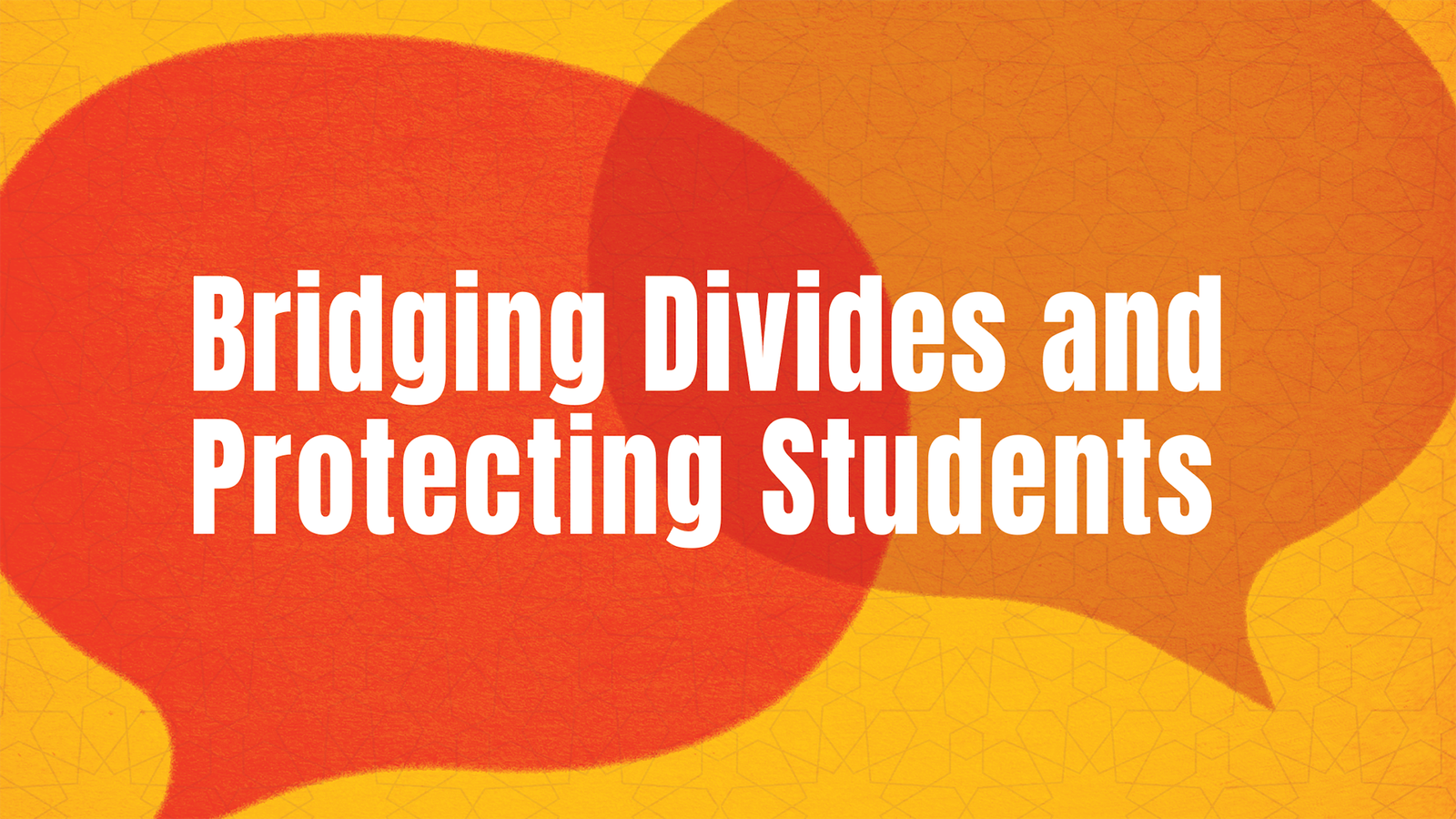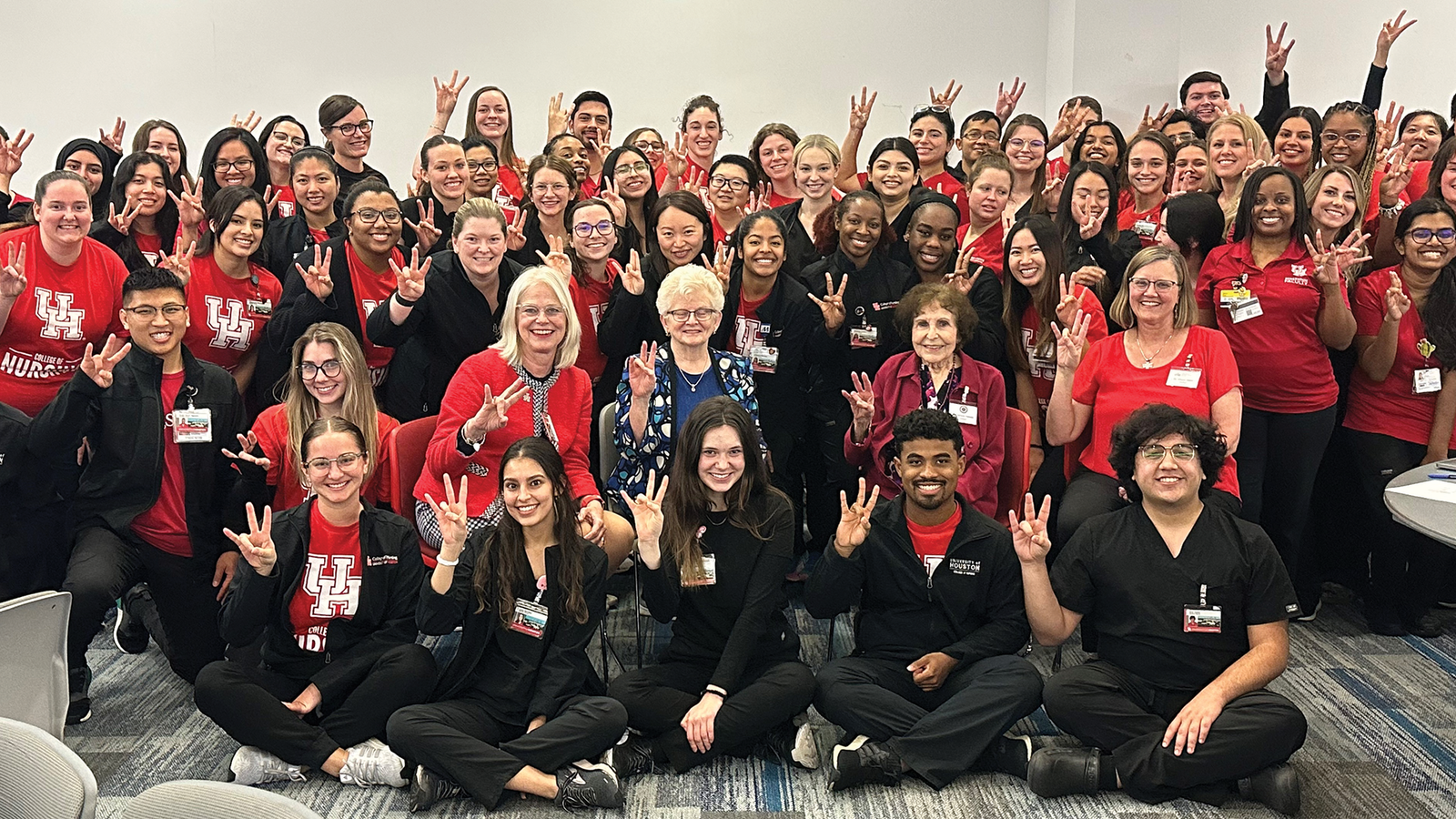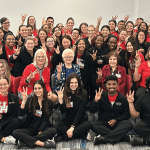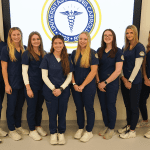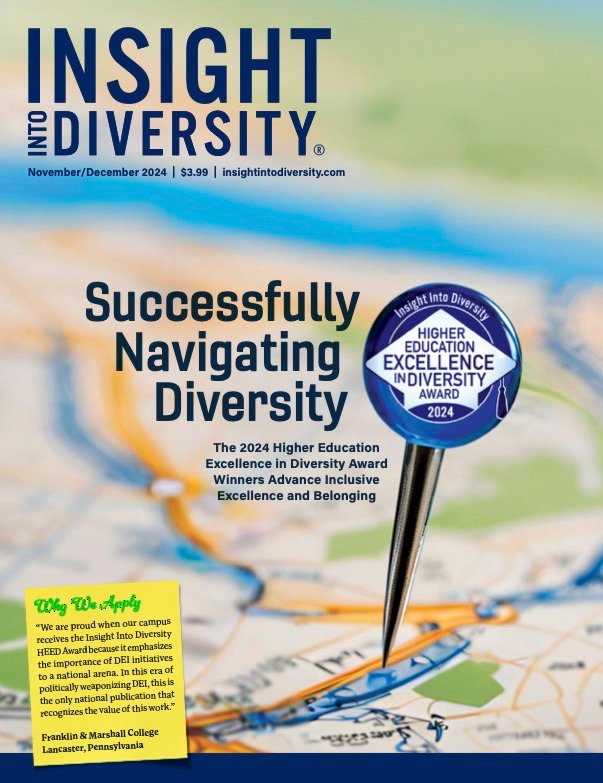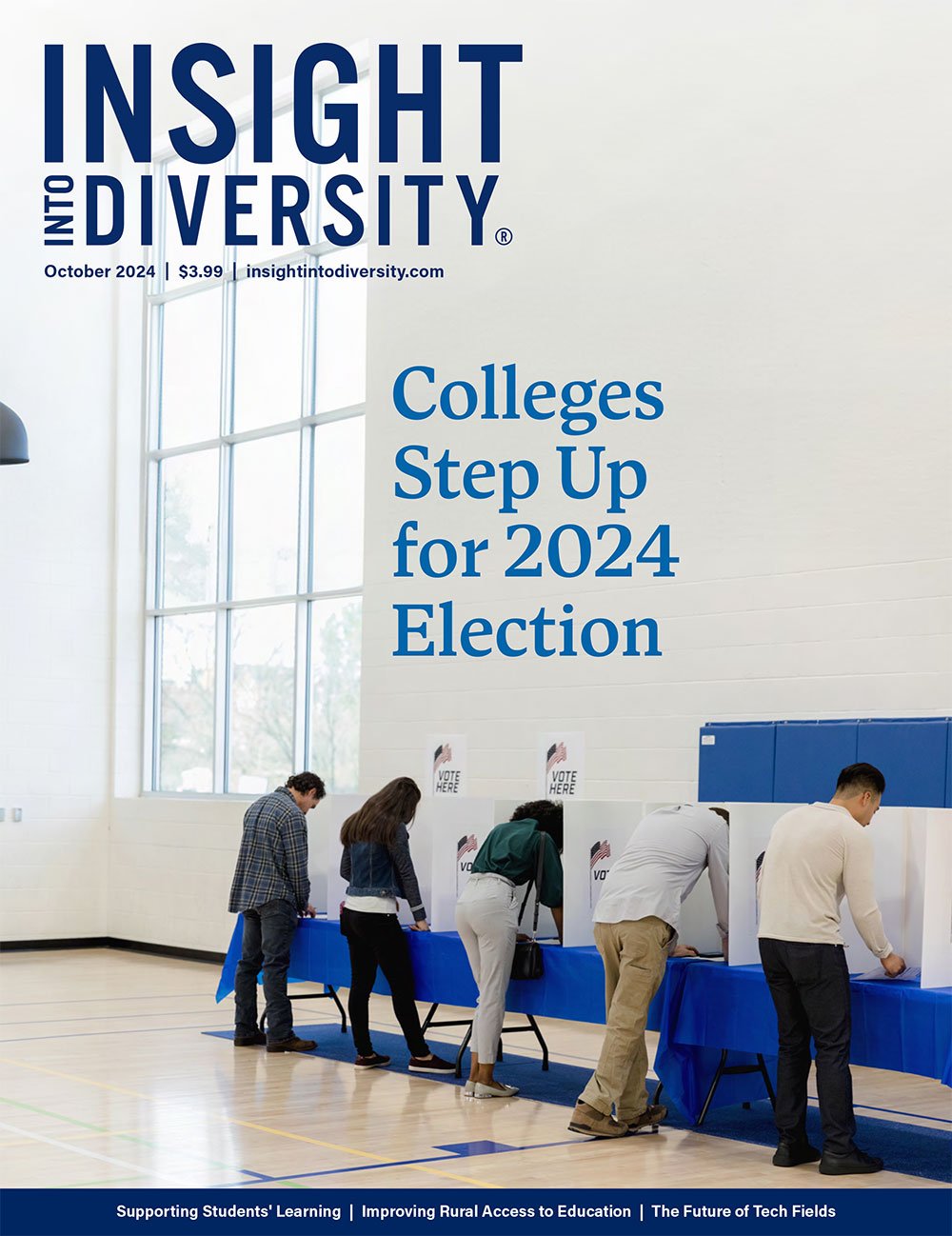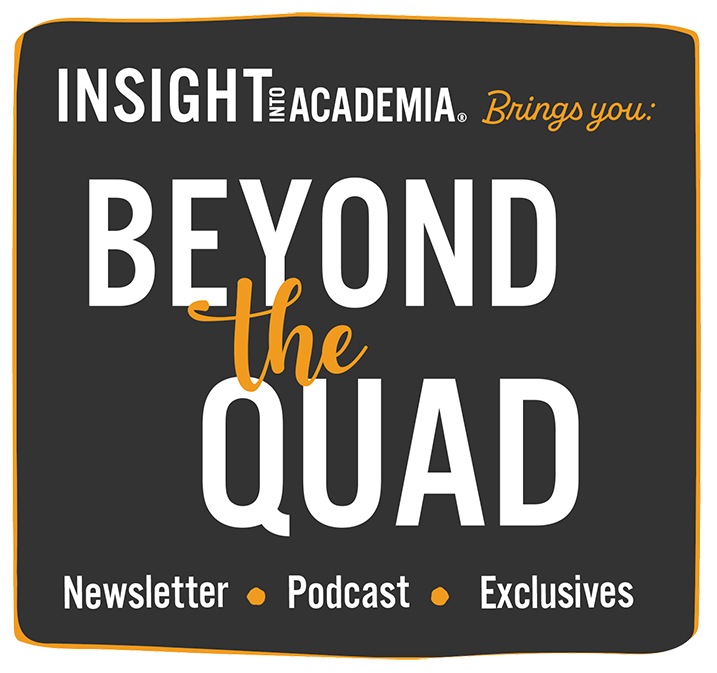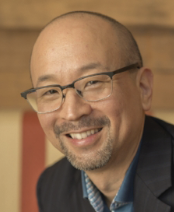
Accused of carrying the coronavirus, a Chinese American high school student in California was beaten so badly by peers that he needed to be hospitalized. This incident occurred in February, in the early weeks of the COVID-19 pandemic, when reports were already surfacing of increased levels of discrimination and harassment against Asians and Asian Americans. President Trump and other leaders as well as media personalities continued to use terms like “Chinese virus” and defended doing so, despite widespread condemnation of such terms as misleading and inflammatory. In mid-March, the Stop AAPI Hate website recorded more than 650 incidents of race-based attacks across the country — verbal and physical, in and outside of schools — in just its first week of operation.
Whether these attacks took the form of teasing, ostracizing, refusing services, or outright violence, they all revolved around an underlying fear that “the Chinese” are more likely to carry and spread COVID-19. Given the fact that some people cannot or choose not to differentiate between Asian ethnic groups, and given the stereotype that all people of Asian descent in the U.S. are immigrants, it is not surprising that many of the targets of attack included Chinese Americans who had never even been to China as well as Asian Americans of other ethnic backgrounds.
Associating disease with a particular country or race has serious consequences. From the early 1800s through the early 1900s, Chinese — and, at times, Japanese — immigrants to the U.S. were accused of bringing and spreading bubonic plague, cholera, smallpox, syphilis, trachoma, and even sexual deviance. The results of such beliefs were school segregation, systematic destruction of homes and property, and immigration restrictions.
Even the 1918-19 influenza pandemic has been blamed by some people on China, despite the lack of consensus among researchers about the disease’s origins. Similar beliefs carried into the 21st century, as is evidenced by the increase in anti-Asian attacks during the SARS pandemic in 2003. Some leaders in the U.S. have even misrepresented history in order to align with this stereotype, as when one Republican senator blamed the Chinese for the swine flu and MERS, despite the fact that neither originated in Asia.
At times, the racialization of disease has derived from perceived cultural deficits such as living in “filthy” homes and eating “unusual” animals. But increasingly throughout the 20th century, the fear of racialized diseases spreading and debilitating the U.S. constituted part of a larger narrative of the so-called “Yellow Peril,” a centuries-old stereotype that Asians pose a threat of invasion and conquest.
In the 1940s, fears of military invasion and conquest during World War II contributed to the incarceration of Japanese Americans. In the 1980s, Japan’s financial success, known as the Japanese “economic miracle,” prompted concern of economic domination that led the U.S. to instigate trade barriers. In recent years, the fear of Asian invasion and conquest has carried into higher education as the number of Asian international and Asian American student enrollment has grown.
Now, fear of the Yellow Peril has taken shape in the form of allegations that China is engaged in germ warfare by intentionally spreading COVID-19 to weaken the economies of other nations, particularly that of the U.S. According to this theory, the Chinese are not merely diseased, but have weaponized disease — for how else could China have contained the spread of the virus so rapidly that it is already lifting aspects of lockdown? And how else could China’s economy have survived the stock market crash that leveled so many other countries if they had not planned for the crash beforehand?
Attacking China and people of Asian descent by conjuring the long histories of racialized disease serves effectively to detract attention from the failures of the Trump administration in addressing this current pandemic. Americans need to be asking why the U.S. is not nationalizing its healthcare system — as other nations have already done — in order to marshal its vast resources and make care more widely available. Why is the U.S. not using the Defense Production Act to redirect industries to serve this crisis by creating more of the equipment so desperately needed? Why has the richest country in the world, months into this crisis, still not developed the capacity for adequate and widespread testing, contact tracing, isolation, and other public-health interventions? Or, for that matter, why does the federal government continue to respond with unprecedented levels of corporate bailouts and deregulation that exacerbate the conditions of inequity that have made it so difficult for the U.S. to respond to this crisis effectively in the first place?
Inflaming anxieties about a new Yellow Peril detracts from critical analysis of these crucial questions. To solve this crisis, we must overcome America’s long-held biases against Asians, which serve as the foundation of these anxieties. We must not let stereotypes and fear control our responses, as they have throughout history. In essence, we must do better than we have in the past.
Kevin Kumashiro, PhD, is the former dean of the University of San Francisco School of Education and an award-winning author of 10 books on education and racial justice. This article ran in the May/June 2020 issue.




